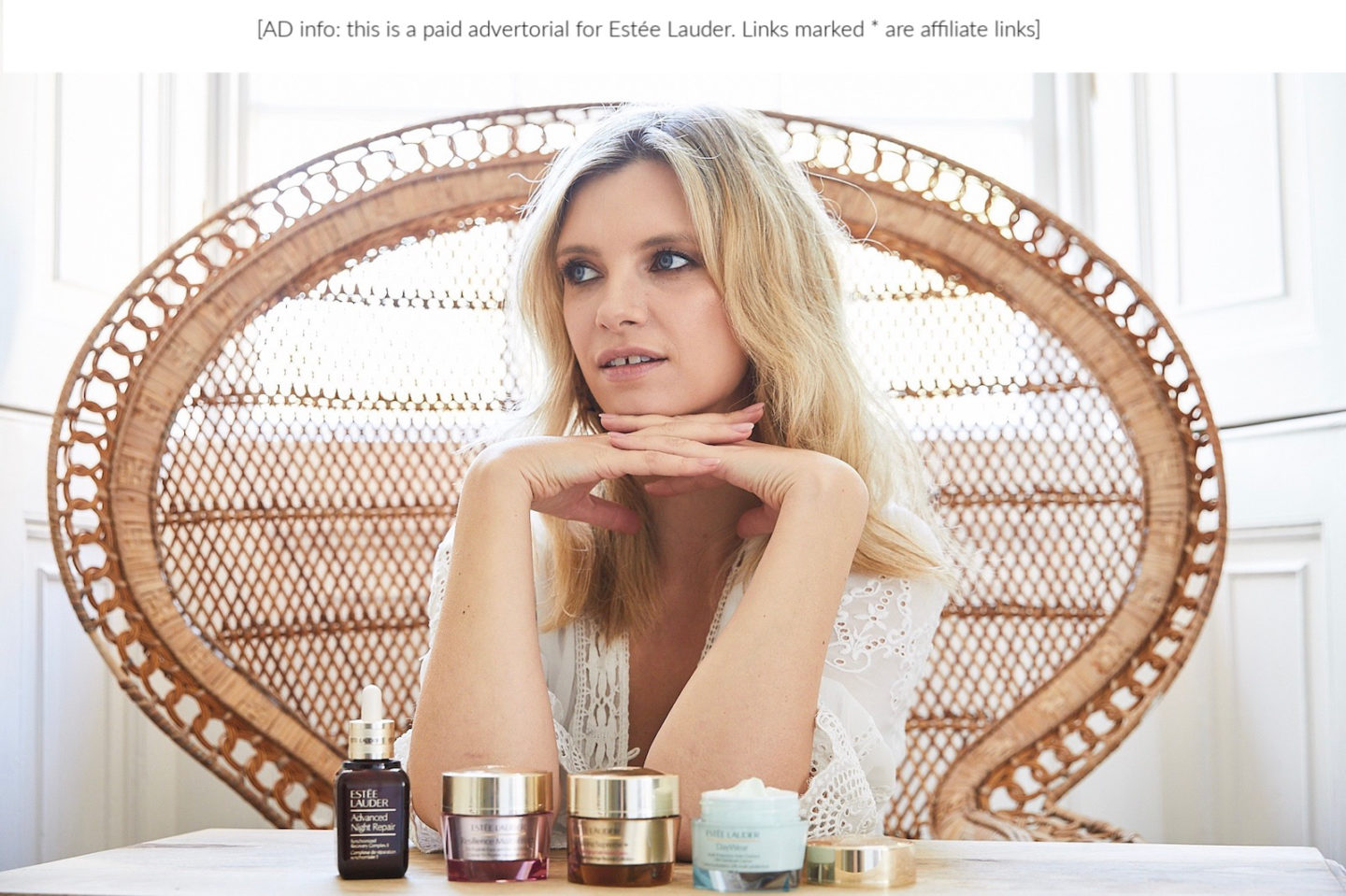
Textual Analysis:
- Big slogan above the copy paragraph.
- 1 main male, showing off his clean shave with the product.
- 5 main female models, in awe at this man, supposedly because of the product.
- Leaves around the models, trying to identify and show that they are in “Africa” to allow the female models to wear the skimpy clothes they are wearing.
- “Get what you’ve always wanted” text to attract customers attention.
Semiotic Analysis:
- Dominant signifier (Male in the top, centre)
- Paradigm (Collection of woman to show off the male)
- Anchorage (Collection of woman carrying the male)
- Code (Paragraph shows how this man has ended up being worshipped)
- Reactionary (At the time, it was a patriarchy, so the man is being carried above everyone else and is being praised)
Representational Analysis:
- The idea of the male being above the women and dominating the scene would have been a normal reactionary look on ads and thing within the advertising world in the 1970s. At the time men were above woman and woman were fighting for their rights.
- In addition to this all the characters are white within the advert which relates to how race diversity and equality wasn’t fully supported and in motion for companies and the general public.
- Furthermore the advert uses thin, curvy females which displays how body equality was not fully supported and that men and woman had a certain way they needed to look and a certain role they needed to fit. Where men were the workers of the house and they earned the money, and woman were staying at home, being submissive, doing whatever their husband requests or needs for them.
The Narrative:
The narrative behind the scene is the idea that the man before hand was not using “Score Liquid Hair Groom” therefore he was with everyone else, and wasn’t worshipped. However he then used “Score Liquid Hair Groom” which put him above everyone else and he was worshipped by everyone and carried by woman. The strap line “Get what you’ve always wanted” implies that every man wants this idea of being above everyone else and being more attractive/better than others. The advert implies the woman that are carrying him are going to take him somewhere to indulge in adult activities with him. This shows how the advert is directly targeted towards men because as well as the idea of being better than everyone, the strap line also implies the product “gets you what you’ve always wanted” which is sexual activities with one or more attractive woman.
Audience:
Desire: The product appeals to men’s attention because of the female models.
The brand: The brand values the idea of many sales and goes along with the ideal male world. The message that goes with the product is the idea that if you use it, you get what you want.
Audience over time:


















